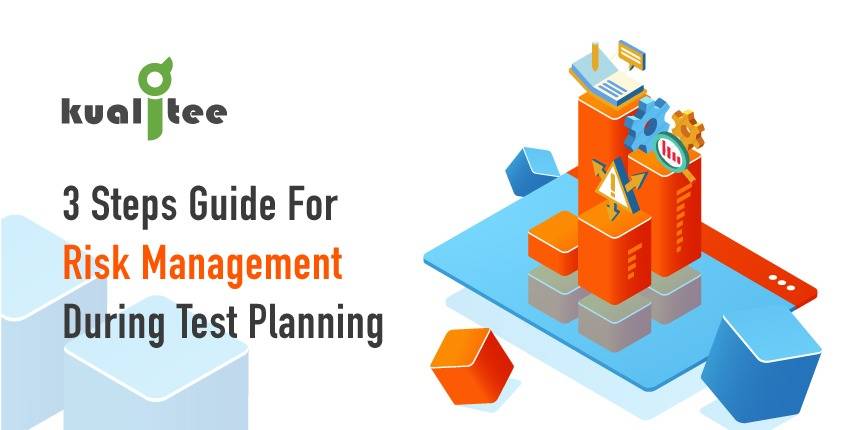Risks have the possibility of destroying an app and slowing down the development team. However, putting it into the complete workflow will assist to decrease the overall consequences.
Keeping this scenario in mind, we are presenting you the three steps guide for risk management during test planning.
1. Prioritize Identification of The Potential Issues
At the preliminary phase, QA teams must allocate some time to decide what items will be the possible risk to the project and in which the workflows perhaps appear. It would give quality assurance team the idea to actually fight these issues. If the defects are detected late in the cycle, it can be the outcome of blurred specifications. This makes quality assurance team alert that they require to clearly demonstrate the requirements in the start. It also assists them to handle any potential changes that perhaps appear. It is a must to have this robust quality assurance plan and strategy.
2. Prioritize Risks in Terms of Potential Outcomes
After identifying the issues in the previous phase, now you have to rank them in terms of possible outcomes. According to the experts, risk impact is measured in tangible terms, whereas, risk probability is evaluated on its likeliness to occur. Cataloging risks based on these outcomes will provide QA with information on the issues that are more serious and are required to be managed more closely. A lack of scope can significantly tilt the entire project and more likely to occur than natural disasters.
In this scenario, QA teams use test management software to organize tasks based on the risk plan. This will guarantee that any issues perhaps appear are immediately ordered and can be quickly eliminated. Insights of this level will assist to enhance the complete quality and decrease the possibility for risk to affect operations.
3. Design A Solution to Solve Your Problems
All organizations have various risks associated with their projects. Therefore, it is significant that they present the solution that will directly fit their resources and capabilities. The preliminary list created in the step one will be significant assistance in supervising the teams to make the correct decisions. By making the document as detailed as possible, QA must come up with the plan to fight any possible situation, guaranteeing that they are ready when required. For example, a quality assurance management can plan and foster quick communication and resolving of the issues. in this manner, the team will be ready and can spring into action to decrease the time required for risk extenuation.
There are always risks associated with the project and it is significant to plan for them properly. By following this three steps guideline, QA teams can eliminate risks via the test planning phase be ready for any issues that perhaps appear.


























